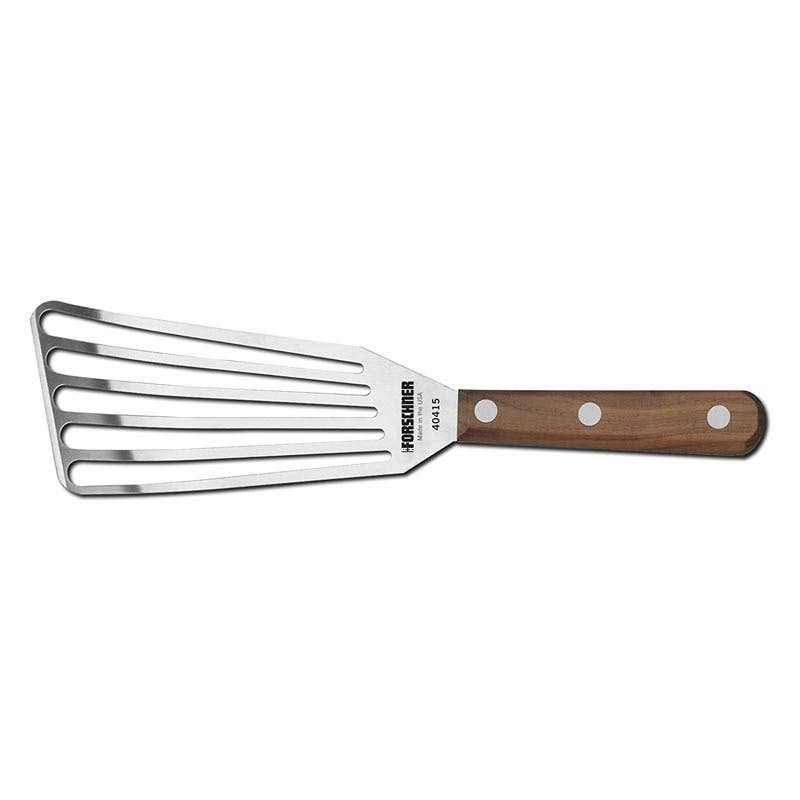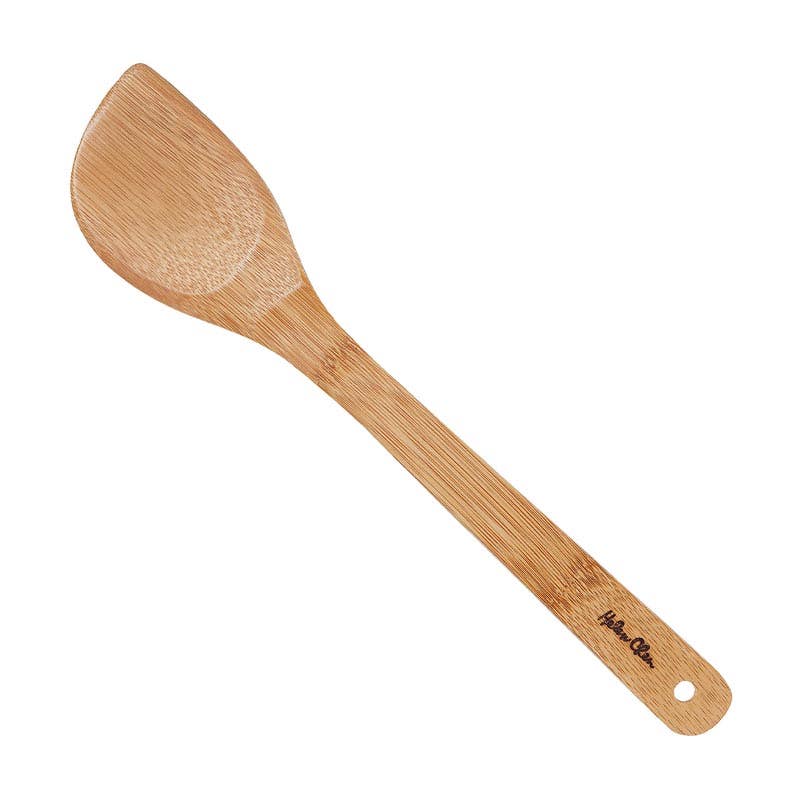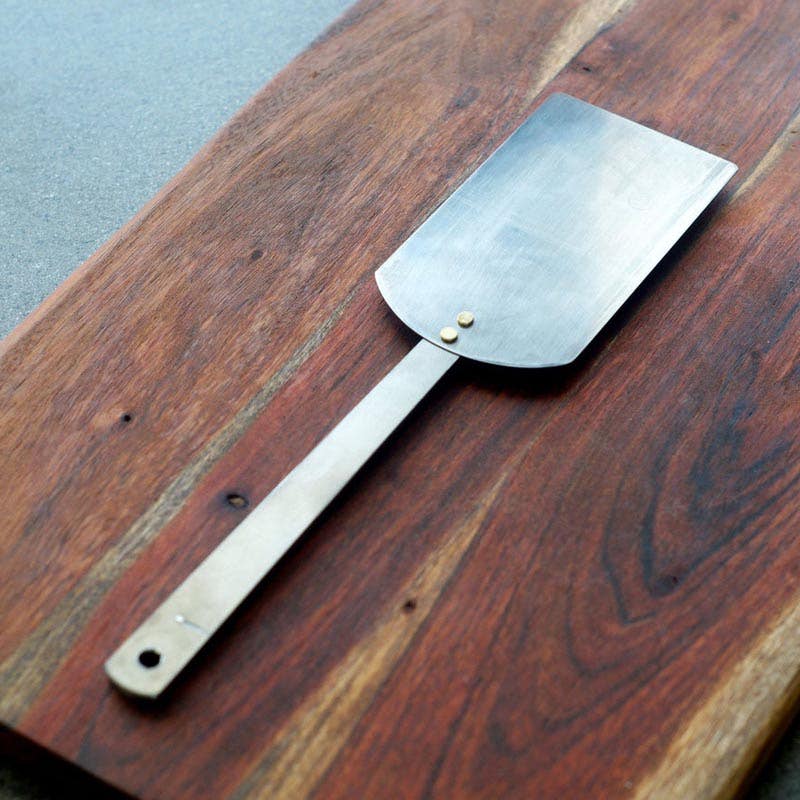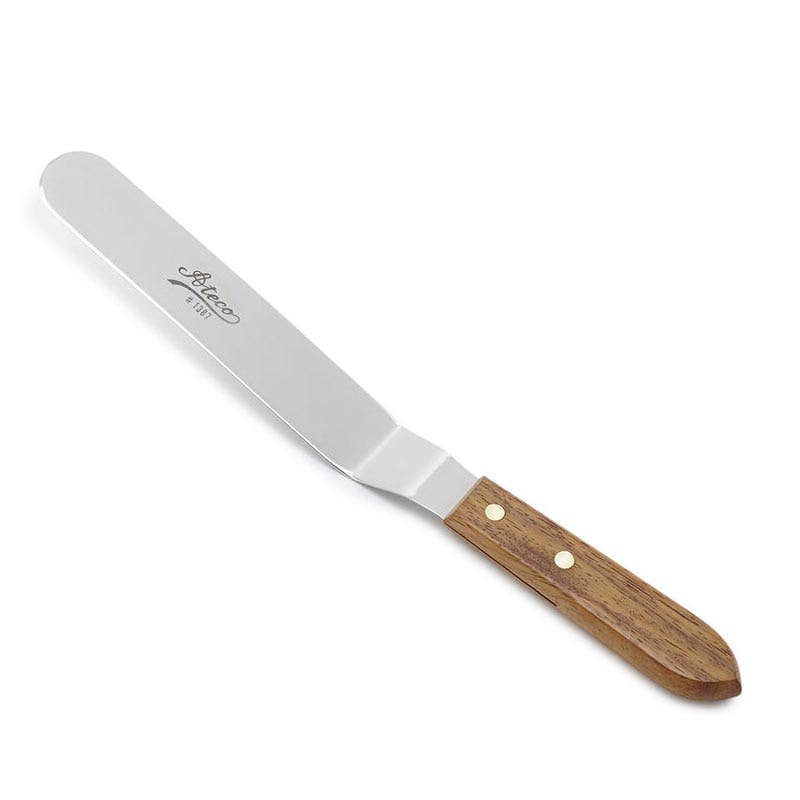The Best Spatulas Deserve a Permanent Place in Your Apron Pocket
Scrape, spread, and flip with ease.
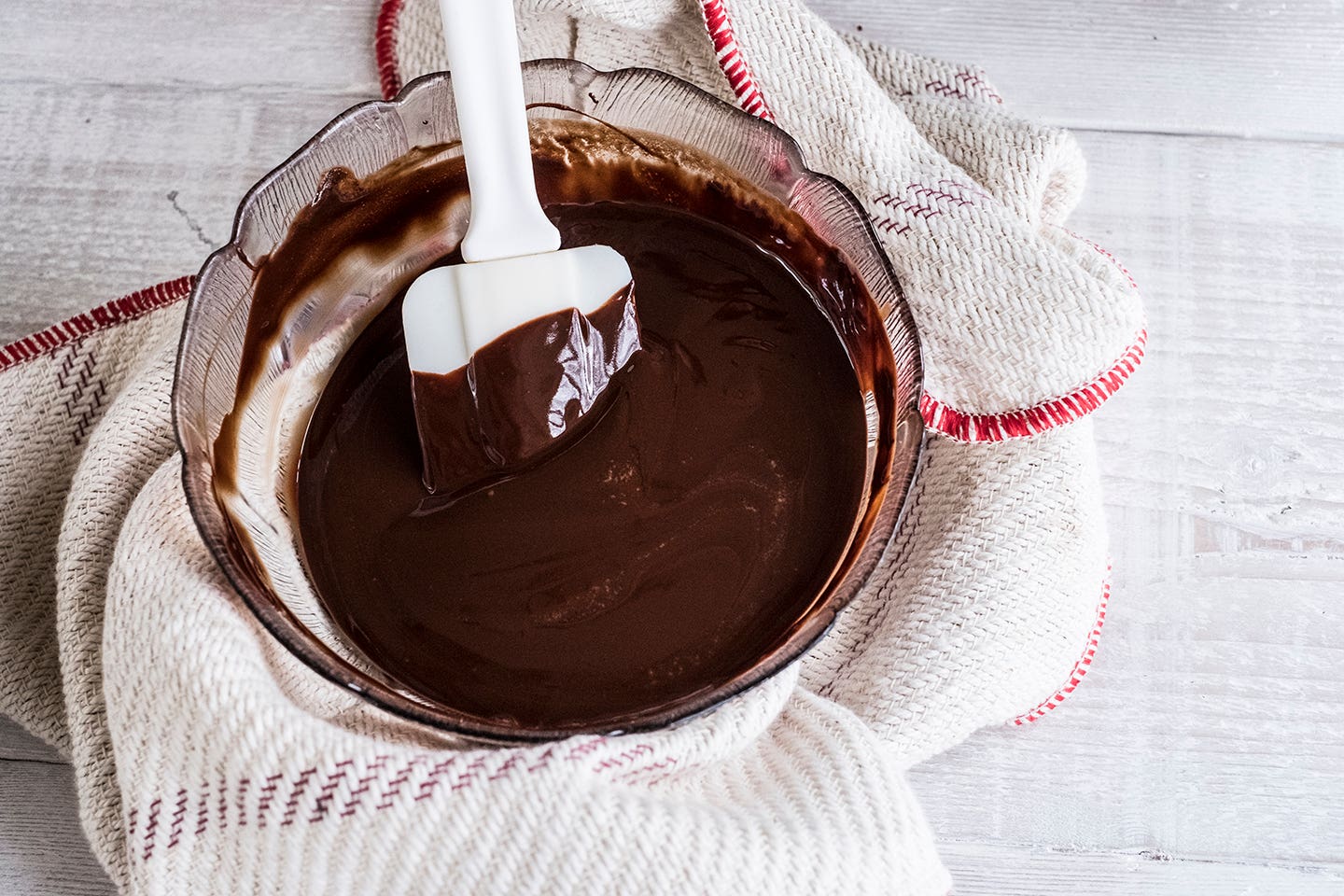
Few kitchen tools can claim the same level of universality and versatility as a reliable spatula. For a lot of cooks, it’s a “desert island” utensil, occupying a permanent place in their apron pocket any time of day. But the types of spatulas on the market are nearly as varied as the essential tool’s many uses. “Everyone needs to find the tool they connect with,” says Mark Tarbell, chef and owner of Tarbell’s in Phoenix. “It brings more peace and happiness to cooking.”
To help you find your holy grail spatula, we called on a few experts to learn which spatula designs are most suited for different types of cookware and cooking situations, from stir-frying to cake-baking. Here is a round-up of the best spatulas you’ll want to keep within arm’s reach in your kitchen, whether you’re flipping pancakes, stirring sauces, or scraping the last morsels of cookie dough from the bowl.
- Best for Fish: Victorinox Slotted Fish Turner
- Best for Eggs: DI ORO Chef Series Flexible Silicone Turner Spatula
- Best for Non-Stick Cookware: Helen’s Asian Kitchen Stir Fry Spatula
- Best for Cast-Iron: Nordquist Designs Carbon Steel Spatula
- Best for Baking: GIR Premium Silicone Spatula
- Best Offset: Ateco 4.5-Inch Offset Spatula
- Best Set: OXO Good Grips 3-Piece Silicone Spatula Set
Our Top Picks
Best for Fish: Victorinox Slotted Fish Turner
Best for Fish
An ultra-flexible, paper-thin blade allows this spatula to slide cleanly under delicate foods, especially fish fillets. As you flip, oil drains seamlessly through the slotted surface. “Fish is delicate and needs extra care and a subtle touch,” says Tarbell, noting the importance of using a fish spatula for easy maneuvering. The lightweight wood handle is also comfortable to grip, so your wrist won’t get tired as you flip or serve your cuts of fish. And yet, a fish spatula is far more versatile than its name lets on. The blade is durable enough to bear a hefty meat cutlet or a stack of pancakes, making it an all-around kitchen workhorse.
Best for Eggs: DI ORO Chef Series Flexible Silicone Turner Spatula
Best for Eggs
Say it with us: No more broken yolks! This smooth, thin silicone spatula gracefully slides underneath any kind of egg, whether you’re turning an over-easy egg or serving then sunny side-up. Plus, the ergonomic handle with a thumb grip is designed to fit comfortably in your hand. Use it to lift and flip anything from fritters to pancakes and hash browns. Brunch is served!
Best for Non-Stick Cookware: Helen’s Asian Kitchen Stir Fry Spatula
Best for Non-Stick Cookware
This 100% natural bamboo spatula is a durable utensil that won’t scratch your precious cookware. The material is perfectly safe for non-stick pots and pans, and it’s gentle on seasoned woks and cast-iron skillets, too. Bamboo is also light and portable–factors that Tarbell says make this spatula a prime candidate for dishes like risotto, which involve constant and repetitive stirring. “The light weight gives a gentler touch and better feel when stirring the arborio rice,” he says. The elevated edges are also helpful for cooking stir-fries. “You can easily scoop up and transfer solid food with a bit of sauce,” explains Maggie Zhu, the cook and writer behind the food blog Omnivore’s Cookbook.
Best for Cast-Iron: Nordquist Designs Carbon Steel Spatula
Best for Cast-Iron
These carbon steel spatulas are made to last. The flexible 0.5mm blade smoothly slides under delicate foods, yet the weighty material easily handles heavier-duty tasks like turning bulky cuts of meat and smashing burgers. “The carbon steel spatula is for heavy muscle work: scraping, lifting, smacking, and banging,” says Tarbell. Choose from a 7-inch or 9-inch handle, depending on your needs. A shorter handle on a spatula gives more control, while a longer one may be “more suitable for cooking with higher heat so your hand won't be hurt by the hot steam coming from the pan,” notes Zhu.
Best for Baking: GIR Pro Silicone Spatula
Best for Baking
The ideal baking spatula must be flexible enough to scrape bowls and surfaces clean, but it should also be sturdy enough to mix and dig into stiff doughs. It also needs to be heat-resistant to help melt down chocolate or jam. This functional GIR spatula checks all of these boxes. Food-grade silicone won’t discolor or retain odors, and a smart fiberglass core (rather than a metal core typically found in silicone spatulas) means it won’t become too hot to touch.
Best Offset: Ateco 4.5-Inch Offset Spatula
Best Offset
Whether applying icing to a delicate cake or generously spreading cream cheese on a bagel, it’s hard to find a utensil that beats an offset spatula. “The angle of an offset spatula is crucial,” explains Fatima Khawaja, Saveur’s recipe tester. “It helps with precision and ease.” By keeping your knuckles out of the way, an offset spatula creates dramatic swirls with ease, and also “calls for less effort in spreading frosting evenly, spreading brownies in a pan or even flipping something like beignets,” Khawaja notes. The wood handle of this Ateco design is pleasing to grip, though it requires this spreader spatula to be washed by hand.
Best Set
This multi-purpose starter set includes a spoon spatula for scooping and stirring, a multi-use medium scraper, and a mini scraper ideal for clearing batter out of bowls or spreading frosting on cupcakes. Silicone is an ideal spatula material: It’s bendable, durable, dishwasher-safe, and nonstick-friendly, and this set stays heat-resistant up to 600 degrees Fahrenheit. Khawaja uses these multifunction utensils in myriad ways, “whether it’s to squeeze into a peanut butter jar, stir hot caramel, fold flour into batter or make scrambled eggs,” she says.
Features to Keep in Mind
Types of Spatulas
There’s a wide world of spatulas with different handle lengths and head shapes, all designed for different tasks. There are a few main categories: turners, spreaders, and scrapers. Turners usually feature wide, trapezoidal surfaces that taper down to a thin edge for effortlessly sliding under foods. They’re great for flipping patties or transferring cookies to a cooling rack. Spreaders tend to have a more narrow blade, as they’re designed for smearing soft foods such as icing without disturbing the surface below. Scrapers are often made from rubber or silicone and have a more pliable blade–ideal for folding batter or removing every bit of dough from a mixing bowl.
Material
Spatulas come in all kinds of materials, like metal, silicone, rubber, wood, and bamboo. Each material accommodates different kitchen needs and comes with its own pros and cons. Metal is heat-resistant and highly durable, but should not be used on cookware with a non-stick coating. Rubber and silicone are flexible, making them particularly useful when stirring and scraping, but they may stain and retain food odors more easily. Though wood and bamboo are eco-friendly materials that don’t conduct heat or damage cookware, it’s best to avoid putting them in the dishwasher.
Ask the Experts
When should you choose a silicone spatula versus a metal one?
Metal is no match for silicone in terms of pliability. “I would recommend silicone when making batters, bases, creme anglaise, and doughs that need a soft touch and a tool that will contour to the bowl or pan,” says Tarbell. Silicone is also gentle and gives home cooks peace of mind when using all different types of cookware. “If you use delicate cookware such as a nonstick, enameled pan or even a seasoned carbon steel pan, I recommend a silicone spatula over a metal one so you won't damage the coating,” explains Zhu.
However, for flipping flat things such as fritters, fillets, and patties, it’s hard to beat a metal spatula–especially one that is both thin enough to easily slip under foods and also strong enough to lift a bulky load (like a generously sized steak).
What’s the best way to clean a spatula?
It’s easy for grime and stains to build up on an oft-used spatula. Metal and silicone utensils can go in the dishwasher, but materials such as wood and bamboo may warp and crack when exposed to high heat and harsh dishwasher detergent. To ensure the longevity of a spatula that isn’t necessarily dishwasher-safe, clean it by hand with warm soapy water. If it has stubborn odors or stains, scrub it with a little baking soda before rinsing.
Keep Reading
Continue to Next Story
